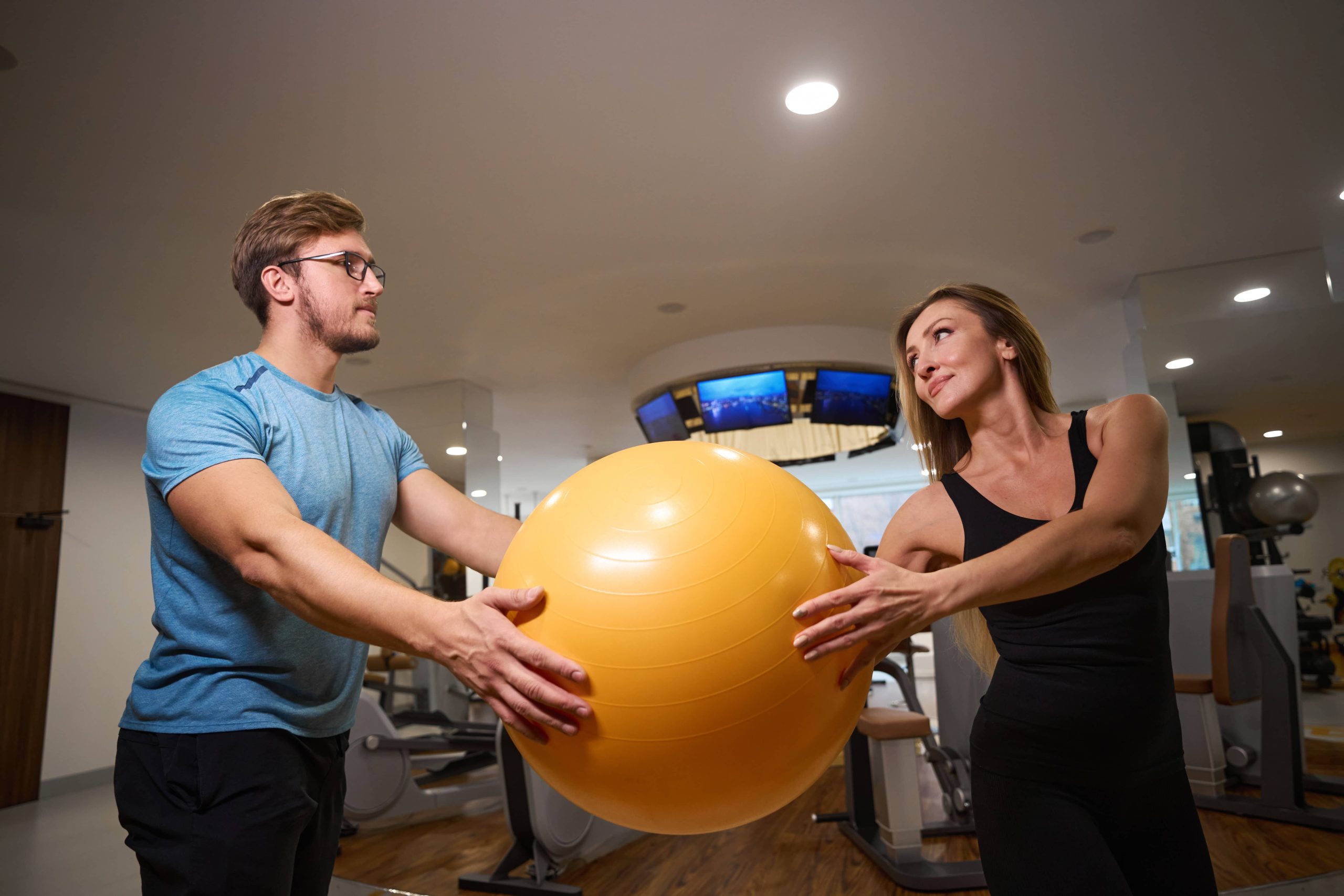
In the realm of fitness and health, the concept of motor learning is pivotal. It refers to the process by which we acquire and refine skills through practice and experience. Whether you’re a seasoned athlete or a fitness enthusiast, understanding how to maximize motor learning can significantly enhance your performance and efficiency. One of the most effective ways to optimize this process is through the use of cues.
Understanding Motor Learning
Motor learning is a complex process that involves the brain’s ability to develop new neural pathways and strengthen existing ones. This process is crucial for acquiring new skills and improving existing ones. It encompasses three stages: cognitive, associative, and autonomous.
1. Cognitive Stage: This is the initial phase where the learner is introduced to a new skill. It involves understanding the task and developing a strategy to perform it. During this stage, errors are common, and the learner relies heavily on external feedback.
2. Associative Stage: At this stage, the learner begins to refine their skills. They start to recognize and correct their errors, and their movements become more fluid and efficient. Feedback is still important, but the learner starts to rely more on internal cues.
3. Autonomous Stage: In this final stage, the skill becomes automatic. The learner can perform the task with little conscious thought, allowing them to focus on other aspects of performance.
The Role of Cues in Motor Learning
Cues are signals or prompts that guide the learner’s attention and actions. They can be verbal, visual, or kinesthetic, and they play a crucial role in enhancing motor learning. Here’s how:
1. Verbal Cues
Verbal cues are short, concise instructions that help the learner focus on specific aspects of a task. They are particularly useful in the cognitive stage of motor learning, where the learner is still trying to understand the task. For example, a coach might use verbal cues like “keep your back straight” or “focus on your breathing” to help an athlete maintain proper form.
Verbal cues should be clear and specific to be effective. They should also be positive, focusing on what the learner should do rather than what they shouldn’t. For instance, saying “keep your knees soft” is more effective than “don’t lock your knees.”
2. Visual Cues
Visual cues involve demonstrating the correct way to perform a task. They are particularly effective for visual learners who benefit from seeing a skill in action. Visual cues can be provided through live demonstrations, videos, or diagrams.
For example, a fitness instructor might demonstrate the correct form for a squat, highlighting key points like foot placement and knee alignment. Visual cues can also be used to correct errors, such as showing a video of the learner’s performance and pointing out areas for improvement.
3. Kinesthetic Cues
Kinesthetic cues involve physical sensations that guide the learner’s movements. They are particularly useful in the associative and autonomous stages of motor learning, where the learner is refining their skills. Kinesthetic cues help the learner develop a sense of how a movement should feel, allowing them to self-correct and improve their performance.
For example, a coach might use kinesthetic cues to help a runner improve their stride. By focusing on the sensation of their feet hitting the ground, the runner can adjust their stride length and improve their efficiency.
Strategies for Using Cues Effectively
To maximize motor learning, it’s important to use cues effectively. Here are some strategies to consider:
1. Tailor Cues to the Learner: Different learners respond to different types of cues. Some may prefer verbal instructions, while others benefit more from visual demonstrations or kinesthetic feedback. It’s important to tailor cues to the individual learner’s preferences and learning style.
2. Use Cues Sparingly: While cues are important, too many can overwhelm the learner and hinder their progress. It’s important to use cues sparingly and focus on the most critical aspects of the task.
3. Provide Feedback: Feedback is an essential component of motor learning. It helps the learner understand their performance and make necessary adjustments. When providing feedback, focus on specific aspects of the task and offer constructive suggestions for improvement.
4. Encourage Self-Reflection: Encourage learners to reflect on their performance and identify areas for improvement. This helps them develop a deeper understanding of the task and enhances their ability to self-correct.
5. Practice Consistently: Consistent practice is key to maximizing motor learning. Encourage learners to practice regularly and focus on quality over quantity. This helps reinforce neural pathways and improve skill retention.
Conclusion
Maximizing motor learning is a critical aspect of improving fitness and performance. By understanding the role of cues and using them effectively, learners can enhance their ability to acquire and refine skills. Whether you’re a coach, trainer, or fitness enthusiast, incorporating cues into your practice can lead to significant improvements in performance and efficiency. Remember, the key is to tailor cues to the individual learner, use them sparingly, and provide constructive feedback to guide their progress.











